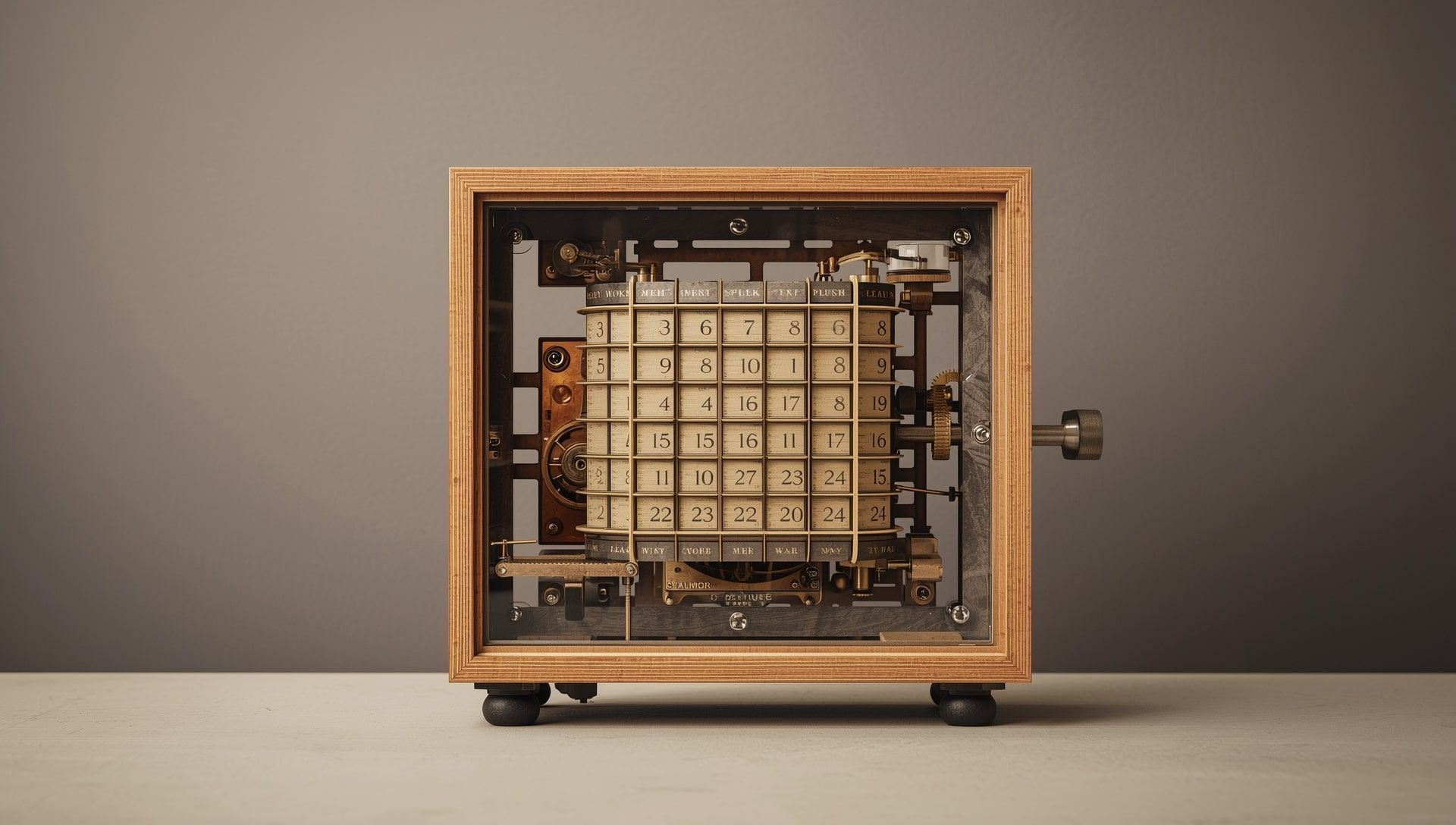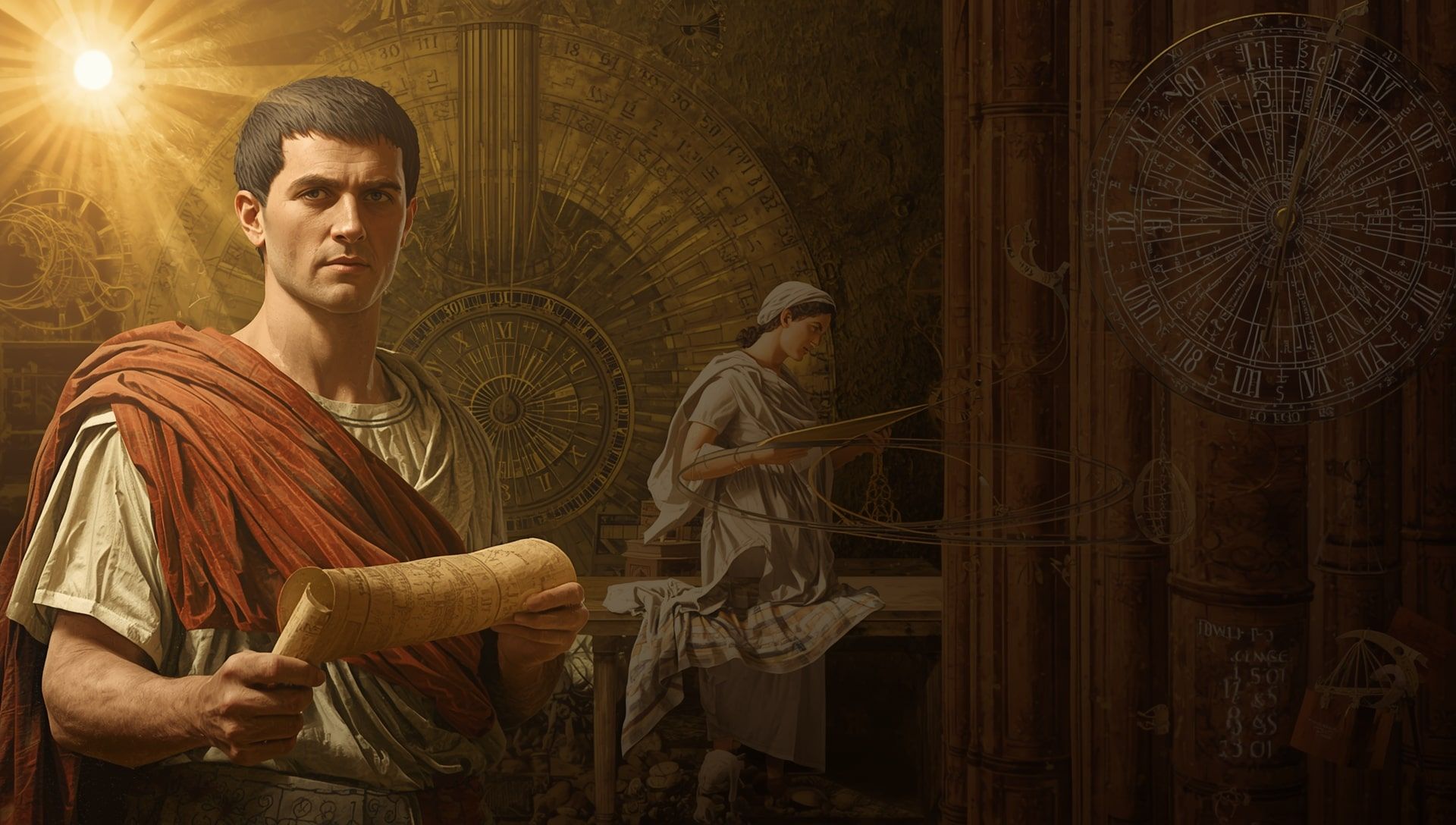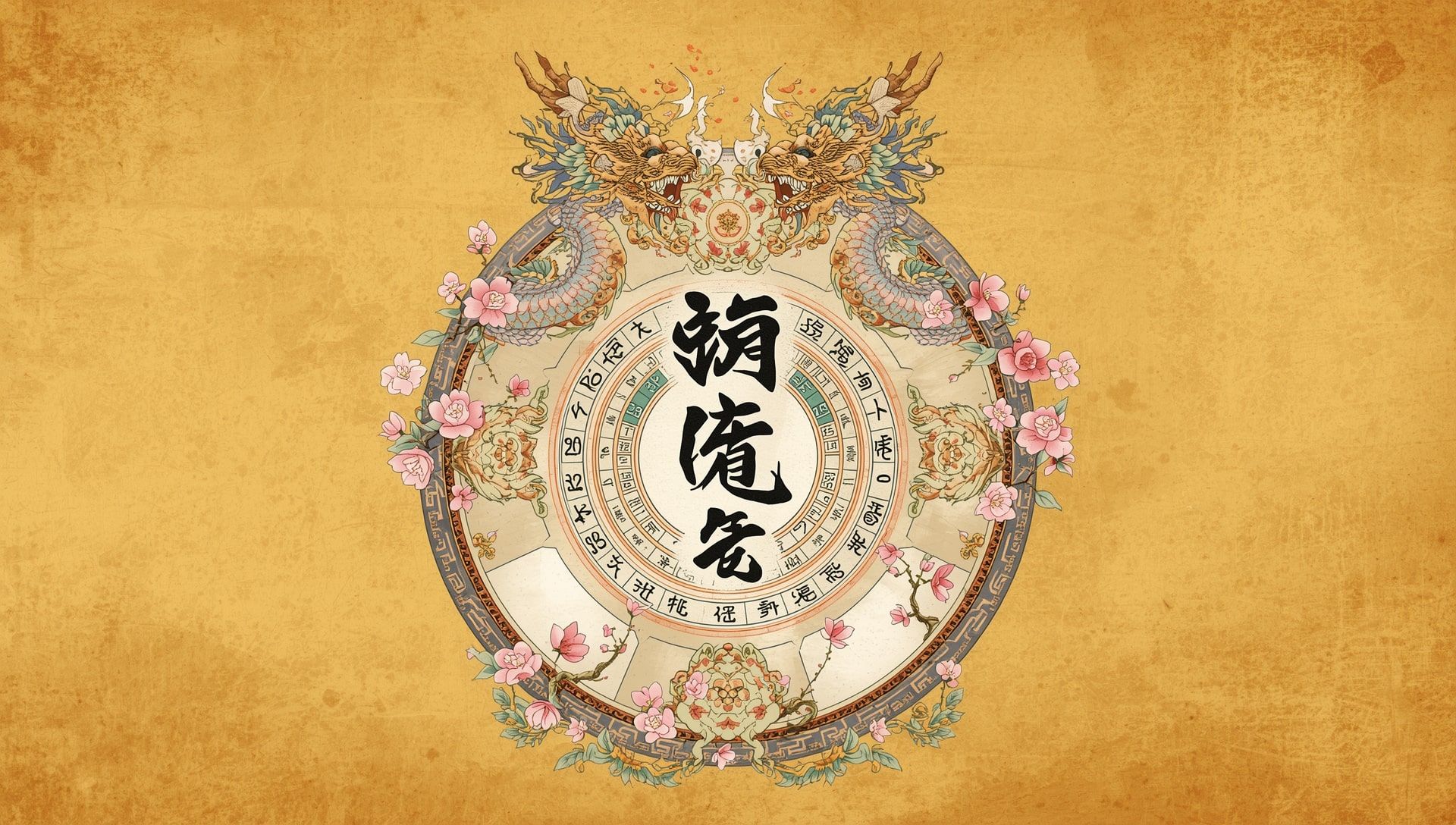A perpetual calendar is more than just a clever gadget. It is a design or algorithm that can tell you what day of the week any date will fall on, no matter the year. Whether you want to know what day July 4, 1776, was or what day your birthday lands on in 2080, a perpetual calendar can tell you instantly. It is one of the oldest and most fascinating examples of how humans have learned to organize time.
- Perpetual calendars calculate the day of the week for any date across centuries.
- They use mathematical patterns in the Gregorian calendar that repeat in cycles.
- Mechanical, printed, and digital forms all work from the same underlying logic.
- Modern apps like Time.now's Calendar act as perpetual calendars automatically.
The Idea Behind Perpetual Calendars
The concept of a perpetual calendar is based on the regular patterns that repeat over time. The modern Gregorian calendar repeats every 400 years, meaning that any date within that cycle will eventually fall on the same day of the week again. For example, January 1, 2000, and January 1, 2400, both fall on a Saturday.
By understanding these cycles, humans developed systems that could display dates far beyond a single printed calendar year. The idea was to create a single tool that never becomes outdated, unlike traditional calendar systems that evolved over centuries.
How the Gregorian Calendar Makes It Possible
The Gregorian calendar follows precise mathematical rules for determining leap years and month lengths. Each year has 365 days, except leap years, which have 366. This extra day every four years keeps the calendar aligned with Earth’s orbit around the Sun.
Since the pattern of leap years repeats every 400 years, the structure of the calendar does too. That repeating sequence allows perpetual calendars to predict the weekday for any date in history or the future, maintaining synchronization similar to what’s explained in why leap years happen.
| Leap Year Rule | Result |
|---|---|
| Every 4 years | Add 1 day (February 29) |
| Every 100 years | Skip the leap year |
| Every 400 years | Add the leap year back |
This system ensures that the calendar stays in near-perfect sync with the solar year. Without it, the seasons would slowly drift over centuries, and a tool like a perpetual calendar would lose accuracy, making solar-based tracking essential.
The Mathematical Pattern of Days
Every day of the week advances by one each year because 365 divided by 7 leaves a remainder of one. In leap years, it advances by two. These predictable shifts make it possible to calculate the day of the week for any given date.
For example, if you know that January 1, 2024, is a Monday, then January 1, 2025, will be a Wednesday because 2024 is a leap year. This repeating pattern is the foundation of every perpetual calendar system and can be explored further in discussions about the seven-day week.
Mathematicians like John Conway and Carl Friedrich Gauss developed algorithms that can determine any date’s weekday instantly using simple arithmetic steps.
Printed and Chart-Based Perpetual Calendars
Before digital tools existed, people relied on printed perpetual calendars. These were often in the form of charts, wheels, or tables. By aligning one set of numbers with another, you could find the day of the week for any date within a range of years.
For example, a common design used two sliding scales: one for the year and one for the month. Aligning them revealed the weekday for any date. Some were beautifully designed, engraved on brass or wood, and used by sailors, merchants, and scholars. These layouts resemble historical time zone maps in their precision and layered structure.
Mechanical Perpetual Calendars
In the world of watchmaking, a perpetual calendar has a more literal function. These watches automatically adjust for months of different lengths and leap years. Unlike a normal watch, which assumes every month has 31 days, a perpetual calendar watch “knows” when to skip to the next correct date.
This is achieved through a complex series of gears and cams that track the passing months and years. High-end mechanical watches can stay accurate until the year 2100, when a century exception in the Gregorian calendar will require manual correction, much like adjustments made in defining the first week of the year.
| Type | How It Works | Example Use |
|---|---|---|
| Printed Perpetual Calendar | Uses static charts and date alignment | Wall or desk planners |
| Mechanical Perpetual Calendar | Tracks months and leap years mechanically | Luxury watches |
| Digital Perpetual Calendar | Computes day and date algorithmically | Smartphones, apps, and scheduling software |
Digital Perpetual Calendars in Everyday Life
Today, most people use digital versions without realizing it. Your phone, laptop, or online planner already acts as a perpetual calendar. When you scroll forward to check a future date or backward to see when a past event occurred, the software instantly calculates the day and date using the same logic perfected by astronomers centuries ago.
Tools like event planners take this even further, combining perpetual calendar functions with reminders, scheduling, and time coordination across regions.
When using a digital calendar for long-term planning, always enable leap year adjustments. This ensures accurate event tracking across future decades, even when managing holidays and observances.
Famous Algorithms for Perpetual Calculation
Several mathematical methods allow anyone to find the day of the week for any date. Among the best known are:
- Gauss’s Algorithm: Developed in the 19th century to compute Easter dates and weekday calculations.
- Zeller’s Congruence: A formula that converts a date into a number corresponding to a weekday.
- Conway’s Doomsday Rule: A simple mental calculation method based on “anchor days” in each year.
Each of these formulas works because of the cyclical structure of the Gregorian calendar. Once you understand how the pattern repeats, determining the day of any date becomes straightforward arithmetic, similar to how calendar weeks are computed.
Why Perpetual Calendars Still Matter
Even with modern technology, the principles behind perpetual calendars remain valuable. They remind us of the deep relationship between astronomy, mathematics, and daily life. They also show how a simple pattern can link centuries together through shared human understanding of time.
In education, perpetual calendars are still used to teach modular arithmetic and calendar logic. In design and watchmaking, they continue to symbolize craftsmanship and precision. In software, they power the scheduling systems that organize global life, including world clocks and time zone coordination.
- The Gregorian calendar repeats its date and weekday pattern every 400 years.
- Perpetual calendar watches can automatically adjust for leap years until 2100.
- Digital perpetual calendars handle centuries of data using compact algorithms.
- They are essential for long-term event planning and historical research.
Connecting Past and Future Through Time
Perpetual calendars show the power of human curiosity. From early astronomers mapping the heavens to modern coders designing timekeeping apps, every generation builds upon the same foundation, the desire to make sense of time. These calendars bridge past and future, showing us how history and technology meet in a single elegant pattern, much like the synchronization seen in global time zones.
In a world that often feels rushed, the perpetual calendar reminds us that time itself is steady and cyclical. It loops through predictable rhythms, offering both precision and continuity. Whether you hold one in your hand or scroll through Time.now's Calendar, you’re looking at centuries of knowledge distilled into something simple, beautiful, and timeless.









